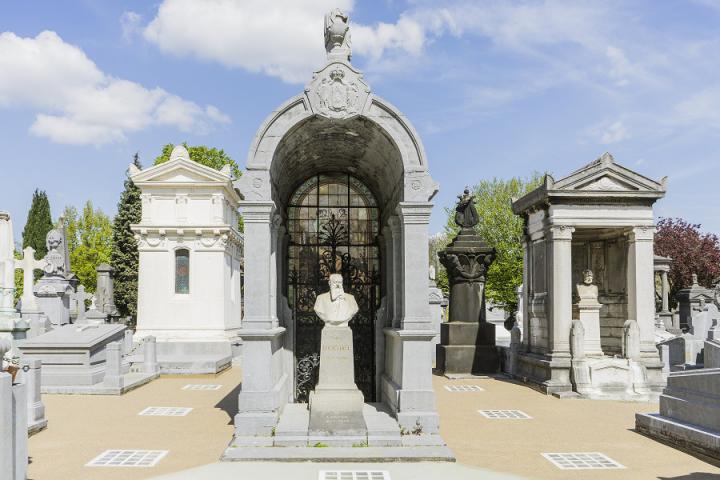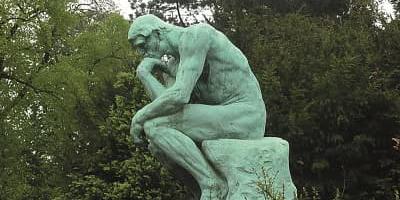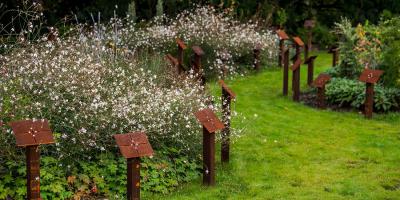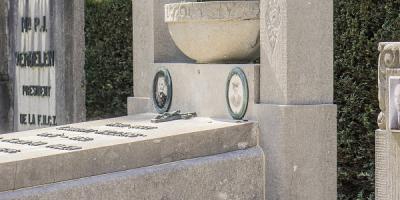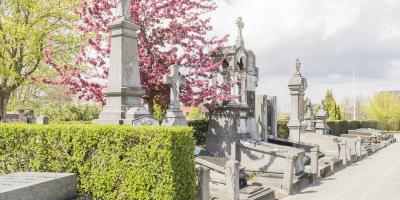Cemetery of Laeken
The cemetery of Laeken is the oldest cemetery in the Brussels-Capital Region. It is one of the parish cemeteries.
Galleries
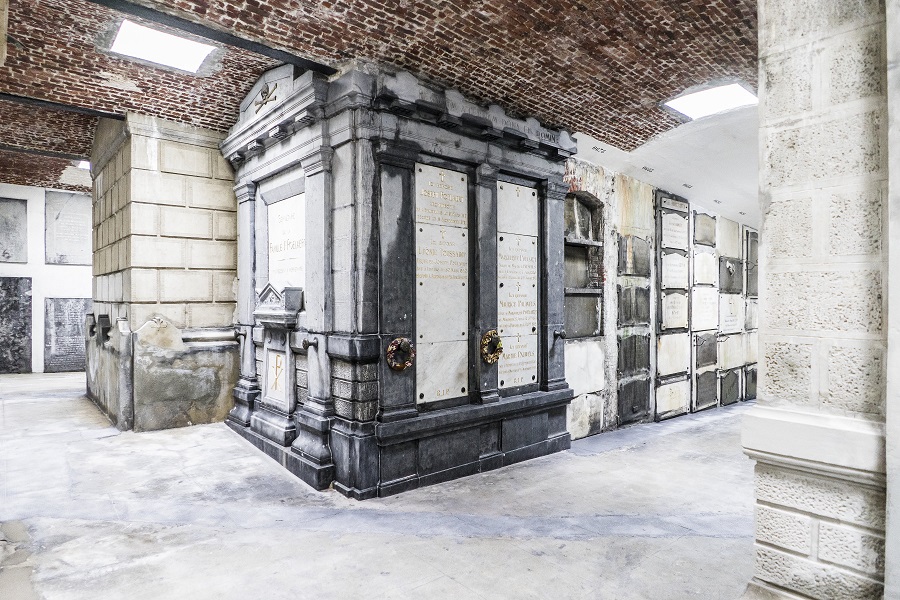
The funerary galleries, never before seen in Belgium, bear witness to the ingenuity of one man, Emile Bockstael. In 1875, he was Alderman responsible for Public Works. He insisted that the number of graves needed to be increased. The population of Laeken was growing, and so was the number of burials. The kings and queens of Belgium lay in the crypt in the cemetery and many prominent people wished to be buried not far from the royal family.
So Emile Bockstael suggested building funerary galleries like those found in Italy or Spain. The cnstruction of this first underground network began in 1876. The first gallery, 31 metres in length, came into use in 1878. Six other galleries soon followed.
These galleries, which were listed in 1997, cover a surface area of over one and a half hectares and include 300 metres of passageways. Over 4,000 people are buried here.
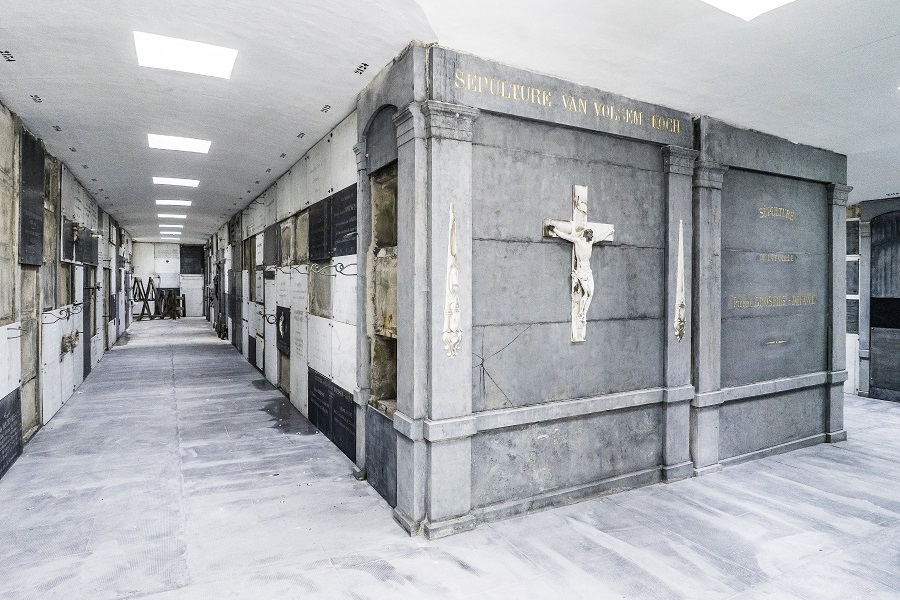
Emile Bockstael
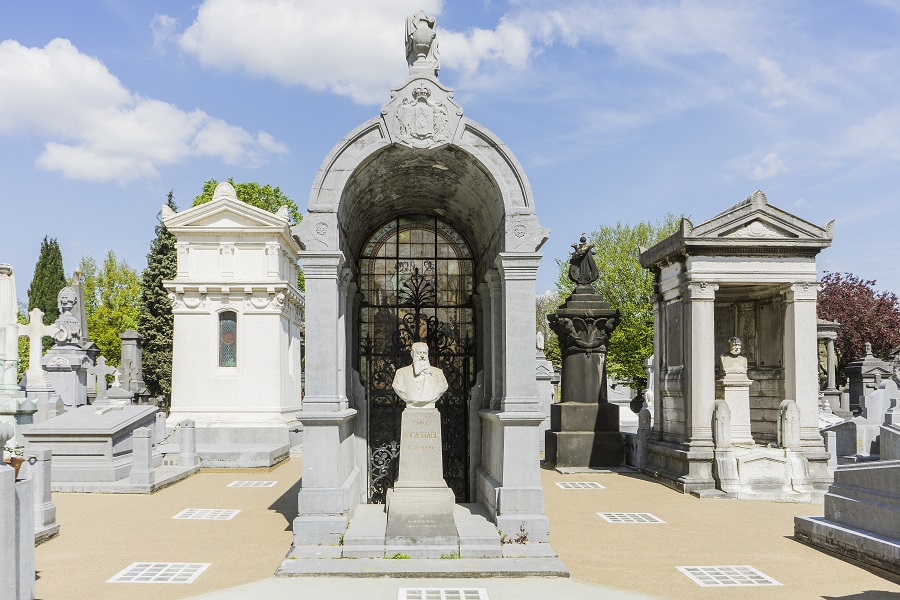
The last mayor of Laeken is buried at the centre of his project, the underground galleries. Two monuments are dedicated to him. One of these is underground and simply bears his name and that of his wife.
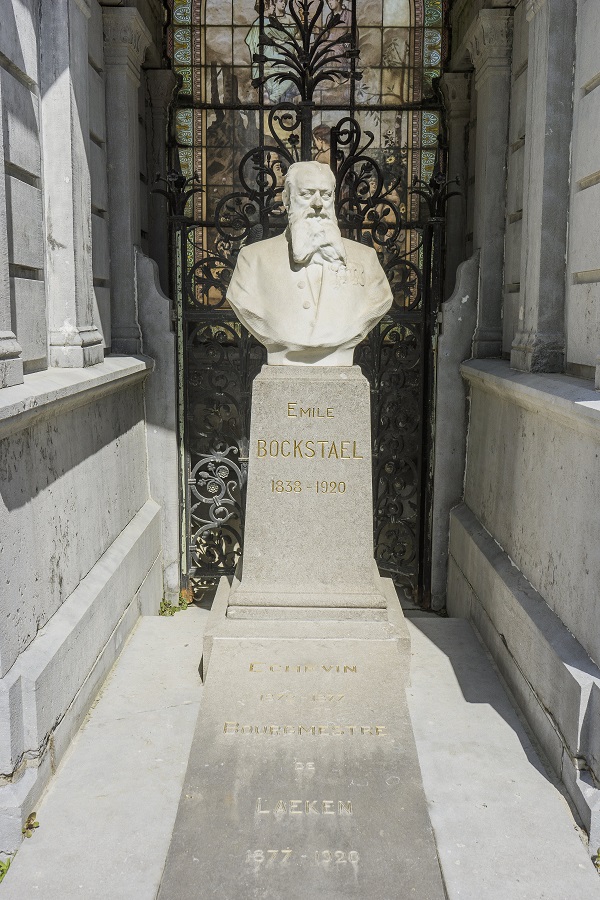
The other one is above ground. It bears his bust in blue stone in front of a grid and a stained-glass window. The arch of the monument is cut from a single block of blue granite. The Laeken coat of arms and two urns may be seen. This monument was created by Ernest Salu while the bust is the work of Pierre Theunis. The stained-glass windows, by Louis de Contini, depict various mythological scenes referring to putto or to death.
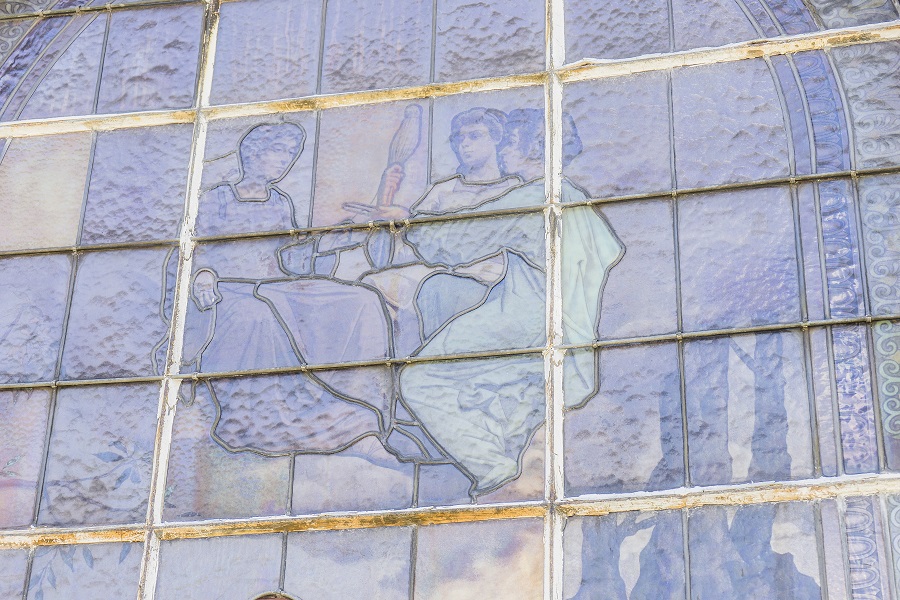
Léonce Evrard
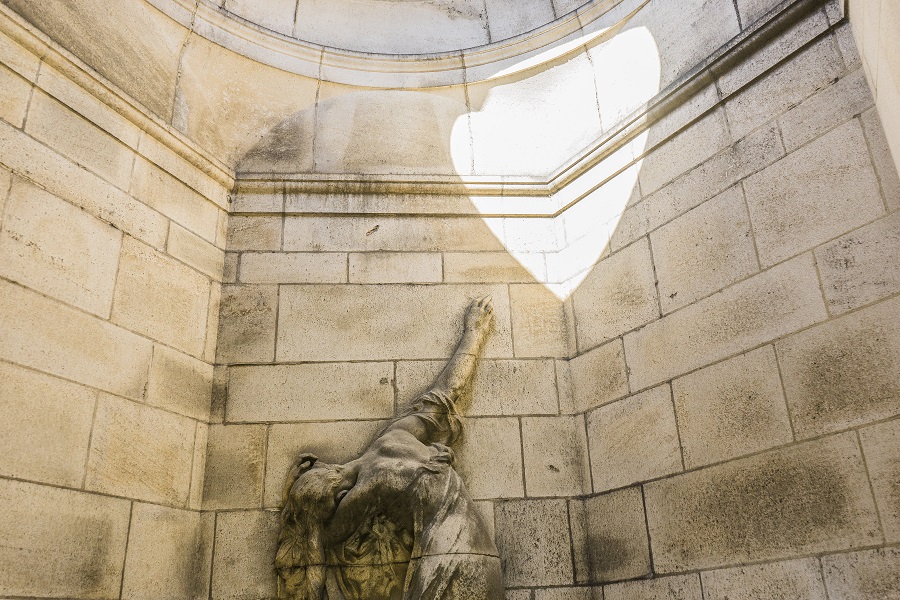
Monument dedicated to everlasting love. Léonce Evrard had this structure erected after the death of his wife, Louise Flignot. At the summer solstice, the sun creates a heart inside the monument, open to the sky through means of a dome. A mourner lifts her hand towards this 'eternal' heart.
The Thinker
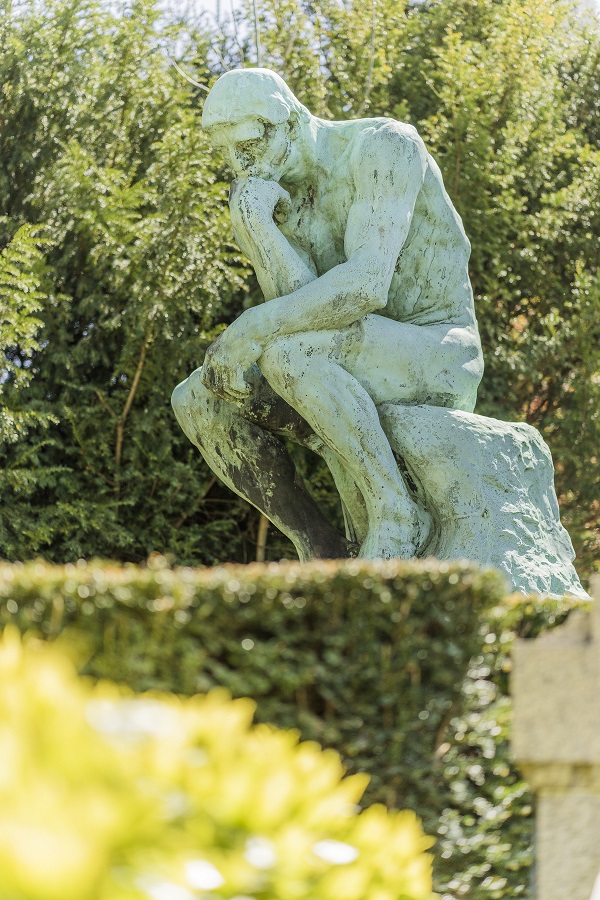
'The Thinker' is a meditative sculpture within the cemetery walls. The antiques and art dealer Jef Dillen acquired the work so that he could be buried beneath it. To enhance its value, the City suggested that the concession should be sited opposite the entrance to the cemetery. Upon his death in 1971, Dillen's widow bequeathed the statute to the City, together with a sum of money to be used to maintain the concession.
This could be the first version of the famous sculpture by Auguste Rodin. Having started in 1880, Rodin worked until his death on this 'Thinker', an enlargement of the 'Poet' placed above the 'Gates of Hell'.
La Malibran (1808-1836)
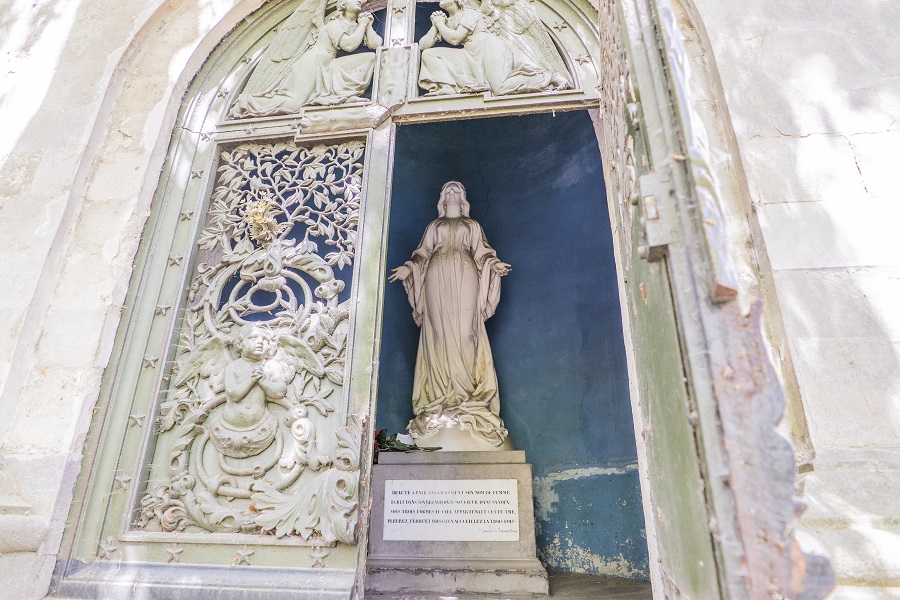
Born in Paris, Maria Felicia Garcia was a singer, like her parents and her sister, Pauline. Maria was particularly gifted and soon began to attract attention. She toured in several countries. She married Eugène Malibran and after their divorce, she retained her artist's name, 'la Malibran'. Her second husband was the violinist Charles de Bériot.
Shortly after falling from a horse in Hyde Park, she passed away on stage in Manchester. A final, sumptuous mass was held for her in the cathedral of this English city. She was initially buried in Manchester, before being moved to Laeken. Her house in Ixelles became the present-day town hall.
The square monument dedicated to her is surmounted by a dome. It has bronze double doors with cherubs. The floor bears a mosaic with a pattern of flaming torches. Inside, the artist is depicted in the role of Norma Bellini by Guillaume Geefs. At the foot of this depiction is a quatrain by Alphonse de Lamartine dedicated to the artist.
- Brochure - cemetery of Laeken (PDF, 28.46 MB) (in French)
- Brochure - cemetery of Laeken (PDF, 28.00 MB) (in Dutch)
Facebook page of the cemeteries of the City of Brussels:
AGENDA
SEE ALSO
